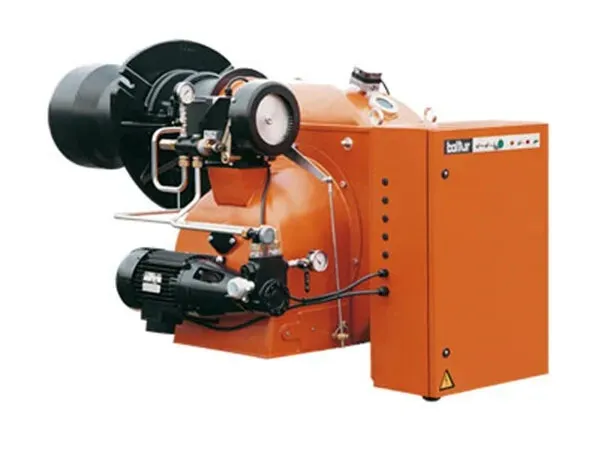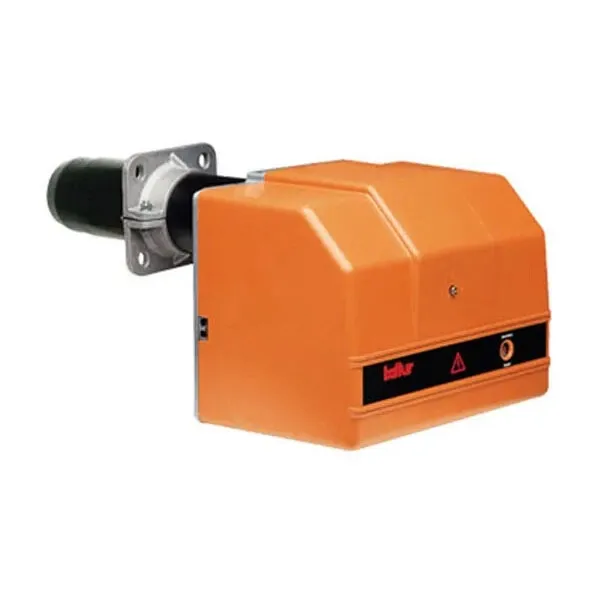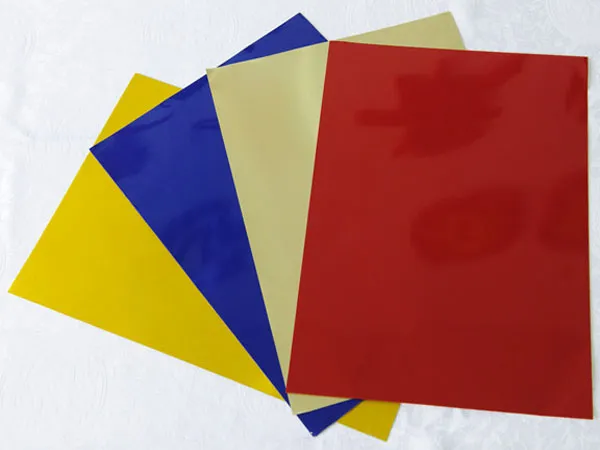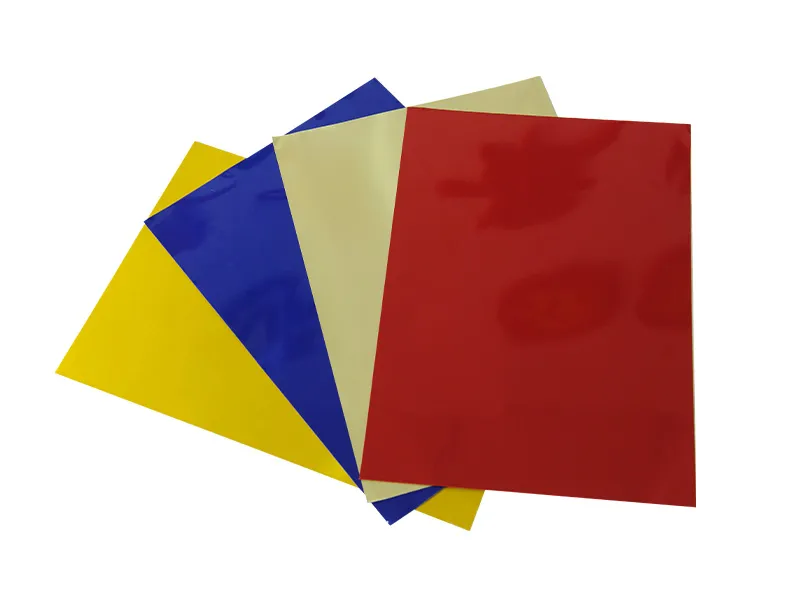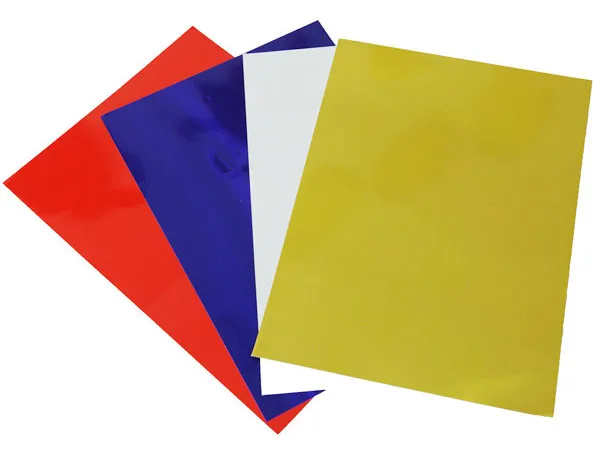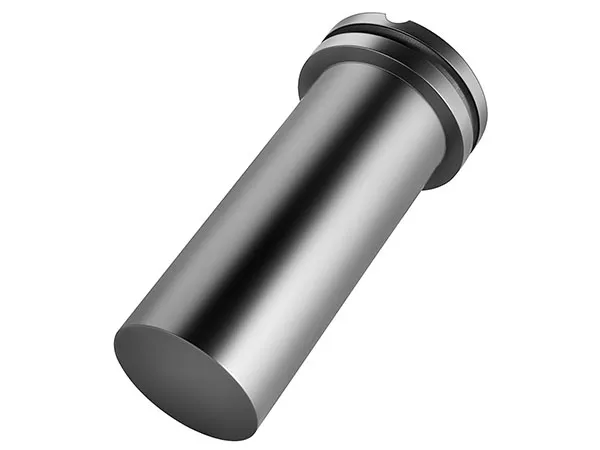В сегодняшней конкурентной промышленной среде, максимизация производительности при минимизации затрат и рисков имеет решающее значение. Одним из часто упускаемых из виду, но весьма эффективных решений является система автоматического управления промышленными пропановыми горелками.. Путем интеграции интеллектуальной автоматизации в процессы промышленного отопления, компании могут добиться повышения безопасности, энергосбережение, и операционная эффективность. В этой статье рассматриваются ключевые преимущества и особенности этих систем., подчеркивая, почему они необходимы для современных промышленных операций.
Что такое система автоматического управления промышленной пропановой горелкой?
Система автоматического управления промышленной пропановой горелкой – это интеллектуальное решение, сочетающее в себе датчики, контролеры, и приводы для точного управления процессом сгорания. В отличие от традиционных ручных горелок, эти системы контролируют температуру, давление, и поток воздуха в реальном времени, регулировка соотношения топлива и воздуха для поддержания оптимальных условий сгорания. Это обеспечивает стабильную теплоотдачу., улучшает топливную экономичность, и снижает риск несчастных случаев.
Ключевые особенности, повышающие производительность
1. Точная регулировка температуры и давления
Поддержание стабильной температуры и давления имеет важное значение для таких промышленных процессов, как сушка., лечение, и термообработки. Системы автоматического управления непрерывно регулируют расход пропана и подачу воздуха для поддержания желаемых заданных значений., обеспечение стабильной производительности в каждом производственном цикле.
2. Усовершенствованные защитные блокировки и обнаружение неисправностей
Безопасность – главный приоритет. Современные автоматизированные пропановые горелки оснащены несколькими защитными блокировками — обнаружением пламени., отключение по давлению, защита от сбоя зажигания, и мониторинг вентиляции. Если возникла проблема, система мгновенно отключается и предупреждает операторов. Расширенная диагностика неисправностей также помогает группам технического обслуживания быстро выявлять проблемы., Минимизация времени простоя.
…
Более подробную информацию о работе систем автоматического регулирования промышленных пропановых горелок см., пожалуйста, нажмите, чтобы посетить:https://www.sxburner.com/a/news/automatic-control-characteristics-of-industrial-propane-burners.html

